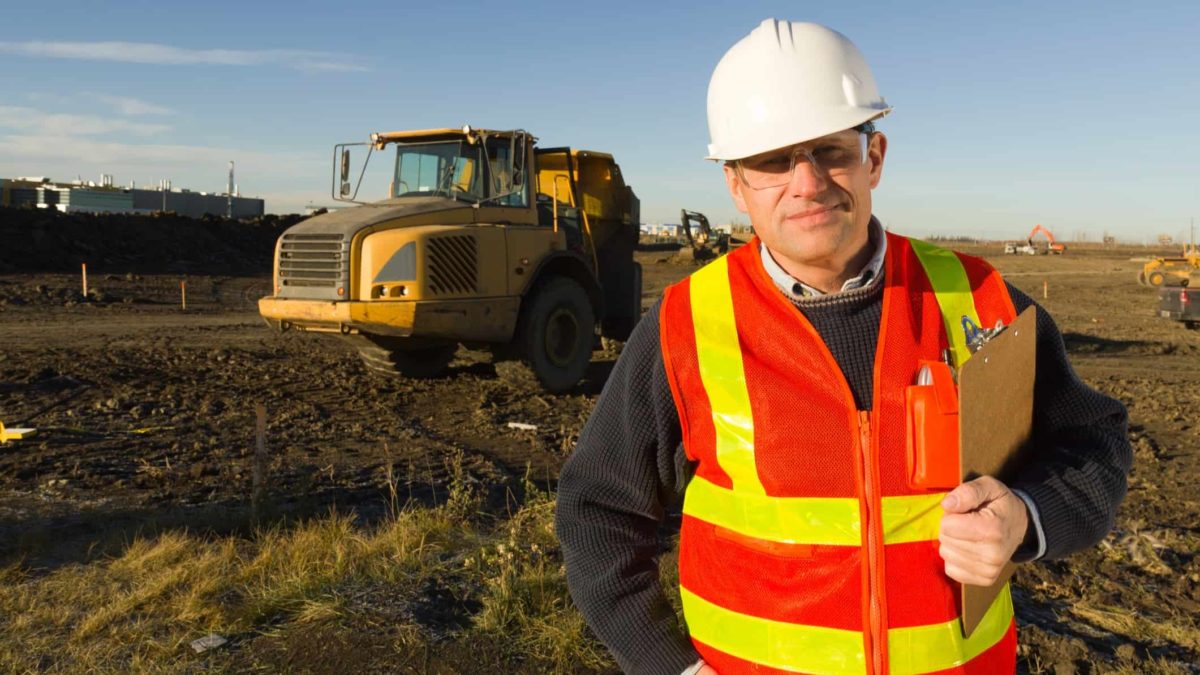The Rio Tinto Limited (ASX: RIO) share price has taken a plunge over the past few months, losing almost 19% since 1 June.
Rio shares started June at $114.91 apiece and are currently trading for $93.24 a share.
Meantime, the S&P/ASX 200 Materials Index (ASX: XMJ) has also taken a hit over the same timeframe, losing around 13%.
But there are some perspectives and new developments to consider that may put this performance in a new light. Let's take a look.
What's happening in China?
There is a glimmer of optimism that China's property crisis woes could be beginning to ease, as reported by my Fool colleague Monica.
It's been reported China is stepping up its support for its housing industry and easing some restrictions in its ongoing zero-COVID policies.
In a research note on Friday, ANZ head of Australian economics David Plank said easing curfews in the city of Chengdu have aided the demand outlook for iron ore.
On the same day, Morgan Stanley also sharpened its outlook for aluminium. The broker lifted its forecast for the aluminium price by 17% to US$2,525 per tonne.
This followed speculation of widespread cuts to aluminium production in China due to the nation's soaring energy costs.
The importance of the Chinese market?
However, one analyst says that Australia's — and Rio Tinto's — dependence on China could be an artefact of our biases and memories rather than fact.
Fisher Investments founder Ken Fisher notes that Australia's exports to China are down 11.3% year over year despite Australia's net exports growing 30.3%.
He largely attributes this to the growth in Australian exports to developed and emerging economies such as South Korea and India, as reported by The Australian.
Fisher also provided further analysis on Australia's perceived over-reliance on China.
What did Fisher say?
Fisher noted that China's explosive growth over the past decades may have reached a point of diminishing returns, with towns and cities now more interconnected than at any time before.
He argued that laying down the provisional infrastructure allowed the Chinese economy to boom by unifying conduits of its industry. However, now that phase of meteoric growth is over, he expects it to taper off to levels seen by more developed economies.
China's gross domestic product (GDP) is expected to grow by 3.9% in 2022 — a far cry from its peak of 14.2% in 2007.
Fisher noted that ongoing China slowdown fears could be overblown, stating "Australia isn't a one-trick export pony dependent on Chinese commodity binge".
He said part of why people assume China is central to the health of the Australian economy and exporters is that during the Global Financial Crisis, China was still developing rapidly and its demand for raw materials is what kept Australia's head above water while other economies floundered.
But, Fisher said, times have changed and there has been a long-term correlation between China's GDP falling and the S&P/ASX 200 Index (ASX: XJO) rising:
History shows slowing Chinese growth itself doesn't doom the ASX. After China's GDP growth peaked at 14.2 per cent in 2007, it slowed in 10 of the next 12 years before the ensuing Covid-19 skew. The ASX 200 rose in nine of those 12 years, climbing 150.5 per cent – topping world stocks' 132.8 per cent.
Driving the point home, Fisher concluded:
Inflated China fears have stalked Australian stocks for years. But remember: False fears are bullish, always and everywhere. So is depressed sentiment. Don't let today's gloomy headlines scare you from the coming recovery.
Rio Tinto share price snapshot
The Rio Tinto share price is down 6.9% year to date and 5.7% over the last 12 months.
This compares with the ASX 200's near 10% drop in 2022 so far and 9% loss in the past year.
Rio's current market capitalisation is roughly $34.6 billion.









